With a double career as a festival programmer (notably the GIFF in Geneva and I LOVE TRANSMEDIA) and producer, Oriane Hurard has spent the last ten years at the heart of new writing until winning the Best VR Story Award at the Venice Film Festival in 2018 for THE ISLE OF THE DEAD – directed by Benjamin Nuel and from the Arte Trips collection.
More recently, she announced her arrival at Atlas V as producer. This is the opportunity to come back on her last productions still in festivals, THE PASSENGERS and MEET MORTAZA, while evoking the next selections of Atlas V to this summer’s XR festivals.
THE PASSENGERS, a journey with 4 witnesses
Oriane Hurard – THE PASSENGERS is a long-term project since its genesis goes back to November 2014 when I was programming the interactive section of the Tous Ecrans festival in Geneva (which has since become the GIFF, ed. note). It was there that Yako, Camille Duvelleroy and Nicolas Peufaillit met, where they tested virtual reality projects for the first time – notably Makropol’s THE DOGHOUSE project, which proposed a virtual dinner (in video via Samsung Gear) where each spectator had a different experience. The inspiration came from their passion for travel – before moving to Montreal, Yako grew up in Clermont-Ferrand, Camille lives between Toulouse and Paris in France… Very early on came the idea of being able to propose a virtual train trip, which is ultimately a very European imaginary, with several points of view.
O. H. – The project then strongly evolved, whether on the device itself, even if the concept remained the idea of travel, encounters and inner voices. The contribution of a co-production between France and Quebec allowed us to meet Ziad Touma of Couzin Films who became the co-producer and director of the experience. It is finally a project that followed me from 2015 to 2020, from my arrival at the production company Les Produits Frais until my departure last February! In the meantime I produced two projects with Benjamin Nuel (HERITAGE and THE ISLE OF THE DEAD), MEET MORTAZA with Joséphine Derobe – and in the end all these projects fed off each other.

O. H. – Where THE PASSENGERS has evolved is in the visual approach and the technology. At the beginning everything was supposed to be live action, then the project evolved into 3D animation with motion capture and 3D scans. Finally, we kept some live images for the flashback sequences of the characters. We found a balance between different techniques, to reinforce the characters’ points of view – with a real work around the “gaze” of each one. We added layers of interactivity, different according to the characters (the look, the voice, the hands with Leap Motion…). In reality, it’s a project with different narrative branches depending on the reaction of the spectator; for each 10-minute chapter, there are almost three times as many voice-overs!
O. H. – The online version of THE PASSENGERS offers all 4 chapters, nearly 40 minutes of VR experience – while unfortunately not a multi-player experience, you can choose in which order to experience each segment. Having a multi-player version, beyond the cost issues, was not relevant to the very intimate aspect of the story. Originally we were planning to offer this experience in public places: train stations, museums, trains. And Covid pushed us to rethink the whole distribution strategy, with some festivals like NewImages where we were able to offer the LBE installation of the first two chapters, others online like SXSW or Tribeca Immersive 2021.
MEET MORTAZA, another introspective odyssey
O. H. – It is very disturbing to see that all my productions include notions of transport, of travel. They are all different authors, with autonomous stories, different proposals, very singular. To that I bring my glance, my exchanges, but it is more a coincidence than anything else. For MEET MORTAZA, the meeting with Joséphine Derobe took place when she already had a pilot and was looking for a production company. Very quickly we were able to go to the Venice Biennale College Cinema VR (in 2018), which helped us a lot. Being in residence – here as well as at Atelier Grand Nord or Storygraphes in France for example, which I was able to experience on other projects – it allowed us to build our author-producer relationship, and allowed us to move forward very quickly, to feed our pairing and to meet other teams at the same stage of development.
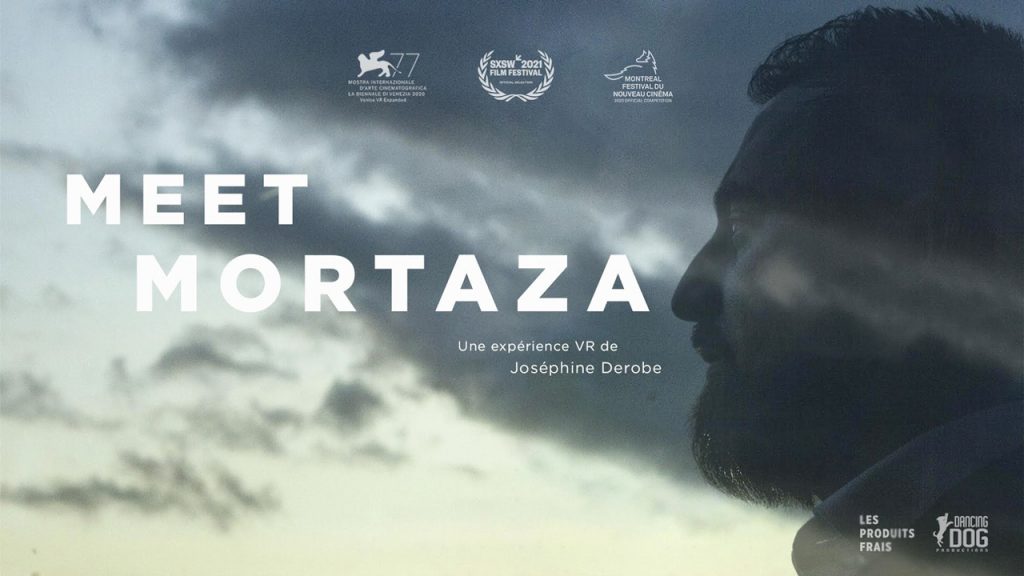
O. H. – For Joséphine, who is a stereographer by training, virtual reality is expressed above all by questions of distance and proximity with the objects. This is something that is very prevalent and that, today, is evident in all the real-time experiences that we do. But on the 360 video, on a very small documentary budget, a shooting without any possibility of tracking, the challenge was important. Especially on the borders between several countries (Turkey, Greece, Italy…), or places like moving buses. We chose to shoot with a hybrid camera created by Spaniards, the Kataclak (link) with the help of Sergio Ochoa as technical director and chief operator, which allowed us to work with a reduced crew on a documentary format. In the end, we only kept one GoPro shot from the pilot. If in the end the shooting was enriching in many aspects, today producing a 13-minute stereo 360 video with this budget is also a challenge that I’m not sure I want to repeat!
Decoding XR: MEET MORTAZA, Josephine Derobe
LET GO and EMPEROR, 2 projects to follow
O. H. – Since joining Atlas V in early 2021 I’ve been working on projects that have already been launched, including MISSING PICTURES whose 2nd chapter (produced with Serendipity Films in Taïwan) will be screened at Tribeca, and will be followed by four more episodes by the end of the year. Next, I brought with me EMPEROR and LET GO, previously produced by the french production company Les Produits Frais.
O. H. – VR allows to mix formats. I am currently developing LET GO which has a documentary base but which can also fall within the field of animation. The same goes for EMPEROR by Marion Burger and Ilan Cohen which tells Marion’s own story, that of her father who became aphasic after a stroke 12 years ago. It’s an experiment around the word, the father-daughter bond. We are working on an immersive project in very minimalist animation, in black and white, and we will present the project at the MIFA in Annecy this year.
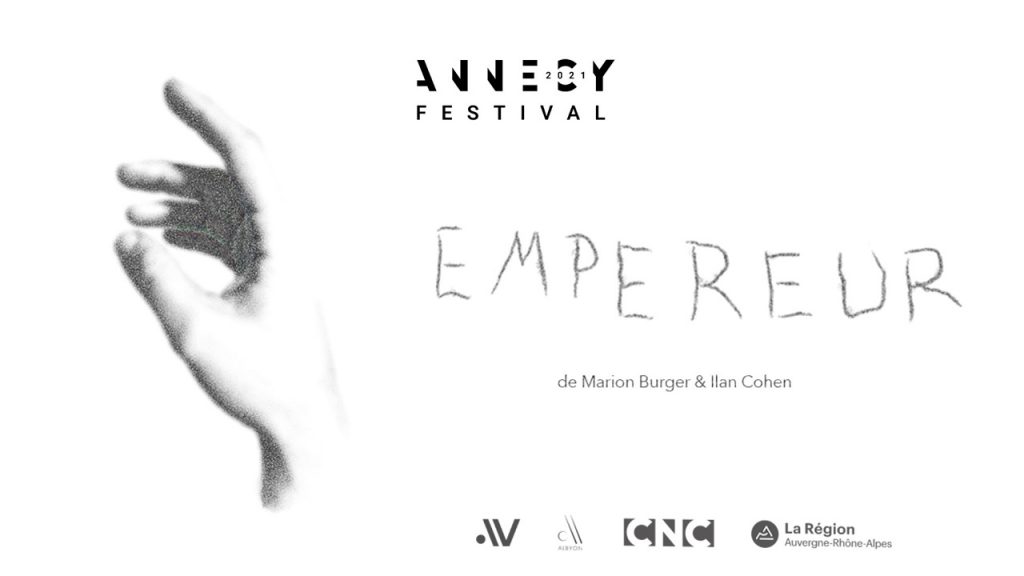
O. H. – As for LET GO, it is a project that explores different funeral rituals around the world. In the first episode, director Michael Beets chose to work on the Japanese ritual – a country where part of his family is originally from. Here again, we start from a very personal questioning to go towards something more universal, around memories. And always with animation, under Unity and with Quill, for a result at the limit of the documentary, even auto fiction. More and more immersive projects are hybrid! When applying for a “new media” grant, we are asked to check off fiction, documentary or animation. But very often, a project could check all three.
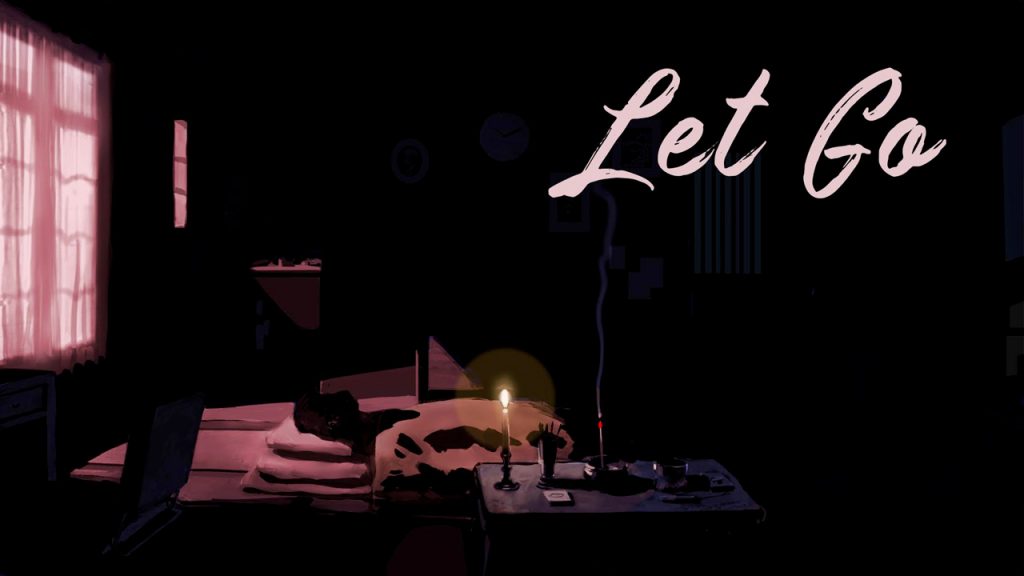
Knowing how to navigate international co-productions
O. H. – Today, for this type of project, international co-productions have become indispensable. In France we are obviously lucky to have the CNC and the regions, but these are public supports to which we must necessarily add a share of private money. Except that today France Télévisions and Arte cannot support the entire French production – they only invest in a few projects per year. This is where we need international support to complete our financing – especially as soon as the budgets exceed 300,000 – 400,000 euros.

O. H. – There are some countries with which co-production seems obvious, like the French-speaking countries, Luxembourg, Canada. And then Taiwan with the TAICCA agency which launched a very inciting policy for international co-productions – and with whom we work at Atlas V on the next chapter of MISSING PICTURES: TSAI MING-LIANG. Other countries such as Germany, the United Kingdom or Australia can also welcome XR projects. Beyond the additional funding, this also allows us to enrich our projects with other visions and other talents. On the other hand, there is the question of local expenses, which can quickly become complicated if it has not been well thought out beforehand. We can certainly imagine concept arts, character design in one studio, modeling in another, animation elsewhere, exporting elsewhere… but it is always more difficult to multiply interlocutors and studios on the same project.
MISSING PICTURES (episode 2) and LES PASSAGERS will be presented at Tribeca next.
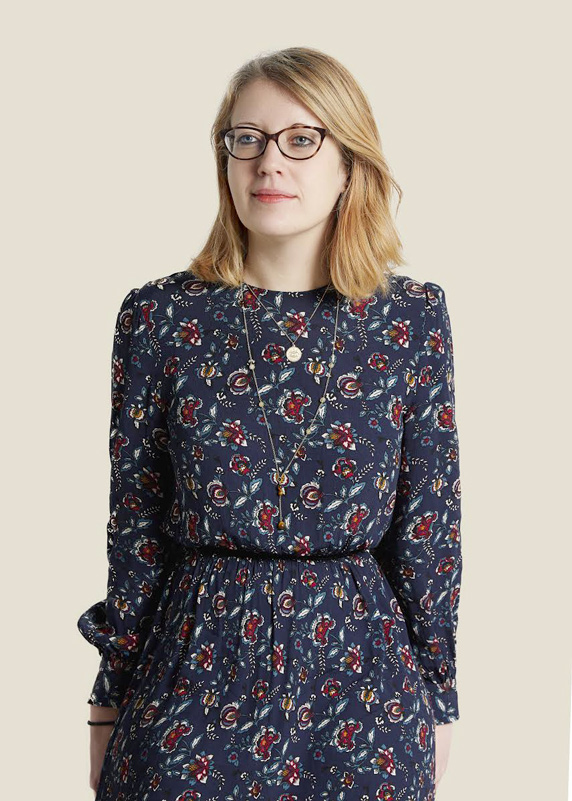

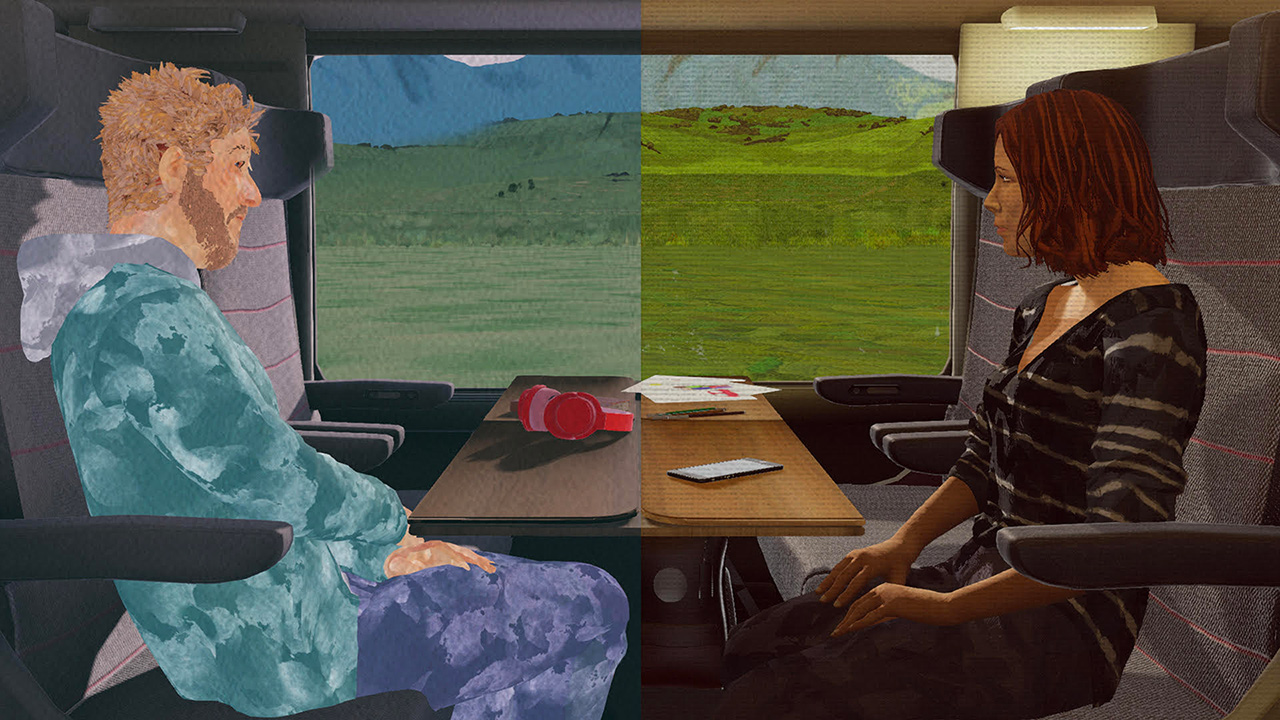

Leave a Reply
You must be logged in to post a comment.